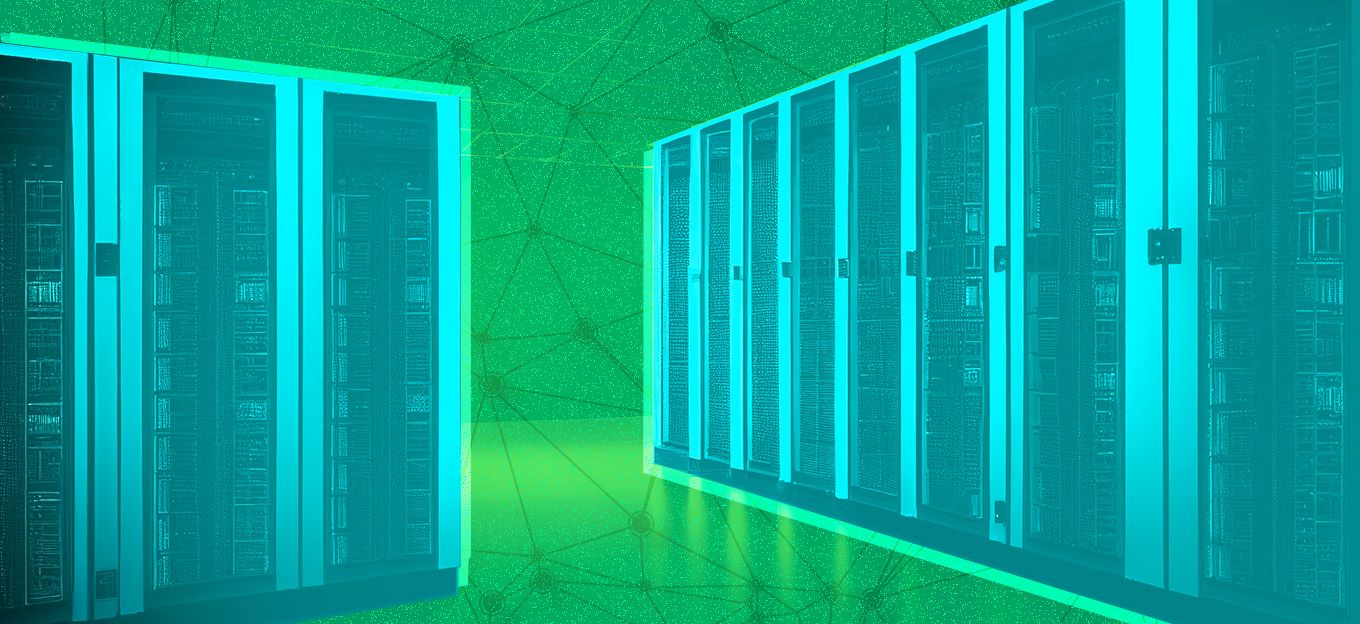How AI-Powered Edge Computing is Revolutionizing Industrial IoT
How AI-Powered Edge Computing is Revolutionizing Industrial IoT
- Last Updated: June 18, 2025
Keval Padia
- Last Updated: June 18, 2025



As Industrial Internet of Things (IIoT) has already changed the game for sectors like manufacturing, energy, and logistics, agriculture. But data pours in from countless sensors and devices, there's a growing challenge: how do you make real-time decisions without sending everything to the cloud and waiting for a response?
That’s where the power of AI at the edge comes in and it’s transforming the way industries operate, optimize, and innovate.
What is Edge AI, and Why Does It Matter?
Simply put, Edge AI is when artificial intelligence algorithms run directly on edge devices like sensors, machines, or gateways rather than relying on centralized cloud servers. Instead of sending every piece of data over the internet, these smart edge devices process it right where it’s generated.
Imagine a factory machine that can detect a vibration anomaly and instantly trigger a maintenance alert, without ever needing cloud connectivity. That’s the promise of AI-powered edge computing: faster decisions, reduced latency, and better resilience.
- Smarter Decisions, Right at the Source
One of the biggest benefits of Edge AI in industrial environments is the ability to make decisions in real-time. Whether it’s a robotic arm adjusting its grip or a turbine responding to temperature fluctuations, edge intelligence means machines don’t have to wait for cloud-based instructions, they can react immediately. This can lead to fewer delays, lower downtime, and faster responses in environments where milliseconds matter. - Less Data, More Value
Transmitting raw data to the cloud 24/7 is expensive and inefficient. Edge AI helps filter and process data locally, so only the most relevant insights get sent to central systems. Not only does this save bandwidth and cloud storage costs, but it also keeps systems running smoothly even in places with limited connectivity. - More Security, Better Compliance
In industrial settings, security is a big concern. With Edge AI, sensitive data doesn’t need to leave the site, which reduces exposure to cyber threats. Keeping data local also helps companies stay compliant with industry regulations and data privacy laws.
Real-World Use Cases
Across the globe, companies are already putting Edge AI to work:
- Predictive maintenance: Equipment learns to spot early signs of wear and tear before failures occur.
- Quality control: Cameras on the assembly line use AI to detect defects in real-time.
- Energy optimization: Smart systems adjust power consumption dynamically to cut costs and carbon emissions.
These applications aren’t futuristic, they’re happening right now, and they’re delivering measurable ROI.
Challenges Still Exist
Of course, adopting Edge AI isn’t without hurdles. Deploying AI models across thousands of devices can be tricky, especially when updates or changes are needed.
Some edge devices also have limited computing power, so AI models must be lightweight and efficient. Still, with advancements in chip design and AI model optimization, these barriers are quickly being lowered.
New Era of Industrial Intelligence
Edge AI is setting the stage for a new era of industrial intelligence where machines think faster, operations run leaner, and businesses stay ahead of the curve.
As industries continue to push for automation, efficiency, and resilience, AI at the edge won’t just be an advantage it’ll be essential.
The Most Comprehensive IoT Newsletter for Enterprises
Showcasing the highest-quality content, resources, news, and insights from the world of the Internet of Things. Subscribe to remain informed and up-to-date.
New Podcast Episode

Moving Past the Pilot Phase in IoT and AI
Related Articles

